Visitor numbers and investment levels are key to a resort’s appeal. We examine these trends, and how the performance of national housing markets can influence Alpine property
Ski resorts have always invested in new infrastructure and accommodation in order to improve. But, the long-term challenges the industry faces mean that investment and adaptation is perhaps more important than ever. Despite these challenges, global ski visitor numbers are rising once again. Investment is, therefore, important for resorts to stand out in a competitive market place and sustain increased visitor numbers.
.jpg)
Saalbach-Hinterglemm, Salzburg, Austria
Skier numbers on the rise
For the 2017/18 ski season, the number of ski visits globally reached 350 million, according to Laurent Vanat. This was the second successive year that the number of visitors had increased, following three years of decline.
Although much of this is driven by growth from China, the benefits are not limited to the Asia-Pacific region – and the number of skier visits to the Alps (by far the largest inbound ski market globally) also experienced a rise in 2017/18 compared with the previous year.
By country, the US is the largest market for number of skier visits, with more than 54 million annually. However, by ski area, the Alps is the largest, with France and Austria having the second and third most ski visits respectively.
Austria attracts the largest number of foreign skiers, in both absolute terms and as a share of total visits, with 66% of skier visits coming from overseas. Other markets in the Alps also attract a comparatively high share of foreign skiers, with non-domestic ski visits comprising 46% of the total in Switzerland, 35% in Italy and 27% in France. In comparison, non-domestic skiers make up 6% of the total in the US, 10% in Japan and 12% in Canada.
Major investment in infrastructure
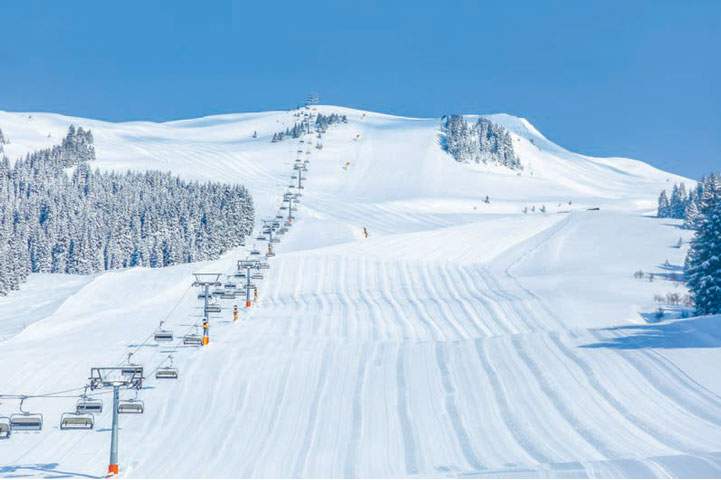
Saalbach-Hinterglemm, Salzburg, Austria
Two years of growth in visitor numbers does not mean that the ski industry is out of the woods: climate change and lower uptake from younger generations are very real challenges for the industry.
Resorts must continually invest to improve and diversify their offering and adapt to changing weather conditions. Austria is a prime example of this. Austrian lift operators have spent more than €7 billion on new lifts and lift renewals since 2000, according to Laurent Vanat. The ski industry in Austria now also covers more than 60% of the slopes with snow-making machinery, having invested, on average, €130 million annually in this technology since 2008.
In Switzerland, the ‘Schneehüenerstock-Express’ gondola cableway, from Oberalppass to Schneehüenerstock, completed a major project in 2018 linking Andermatt and Sedrun. The total investment to create the joined ski area, with more than 120km of pistes, totalled CHF130 million (€120 million).
Trends in the national housing markets
While infrastructure investment can help drive a resort’s property market, Alpine residential markets are also influenced by national housing trends, including factors such as regulation, currency movements, geopolitical uncertainties and economic growth. We examine the housing markets of France, Austria, Italy and Switzerland to give purchasers and investors an insight into the Alpine market.
France
House prices are seeing a gradual upward trend, increasing 14% since the start of 2009. Price growth has been positive since 2016, as the market recovers following its second period of price falls since the Global Financial Crisis (GFC). Despite some recent domestic political challenges, the housing market looks positive, with prices rising 1% in the first half of 2019 and 10% since the start of 2016.
Austria
The housing market was fairly resilient during the GFC, and has continued on an upward trend. Between the start of 2009 and the third quarter of 2019, house prices grew by 79%, with prices rising 5% over the first three quarters of 2019. A strong economy is driving domestic demand, and there is also interest from Russia and Eastern European countries.
Italy
The economy remains burdened by high debt and unemployment. Since the end of 2018, GDP growth has been positive but marginal, at 0.1% in Q2 2019. As such, house prices in mid-2019 remained 16% lower than at the start of 2009 – although prices saw a slight uptick (+1%) in the first half of 2019. Buyer interest is returning to the housing market, which offers value compared with other European markets.
Switzerland
House prices have increased 24% during the past decade, but growth began slowing in 2015 after stricter mortgage lending requirements. In addition, the Lex Weber Law* has restricted construction of second homes, and the Swiss Franc has strengthened by 6% and 3% against the Euro and sterling respectively since early 2018 – dampening foreign buyer interest.
*Introduced in 2016, The Lex Weber Law states a maximum of 20% of all properties in an area can be owned as holiday homes.
Read the other articles within The Ski Report below
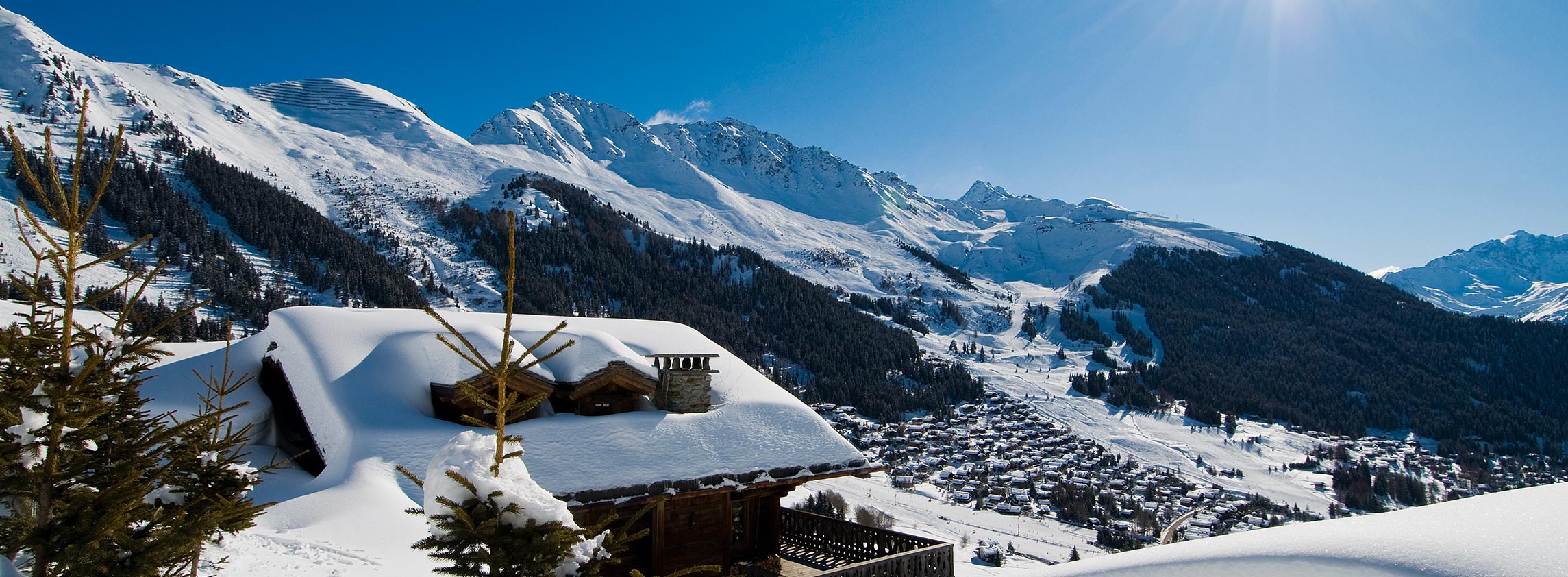
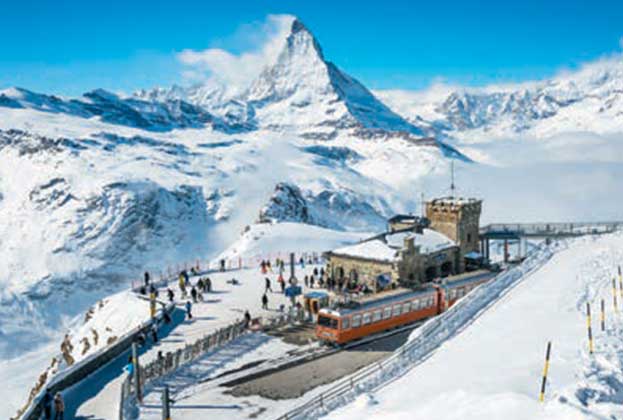
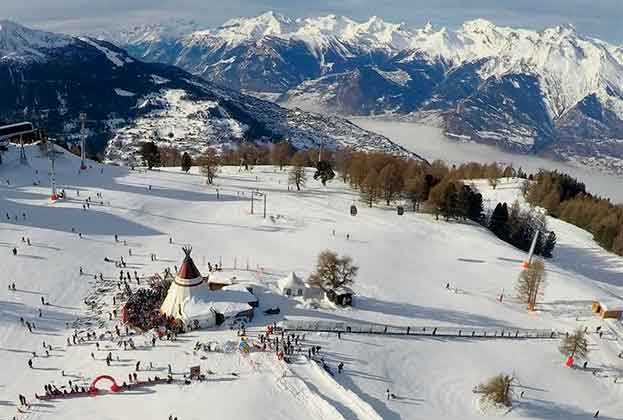
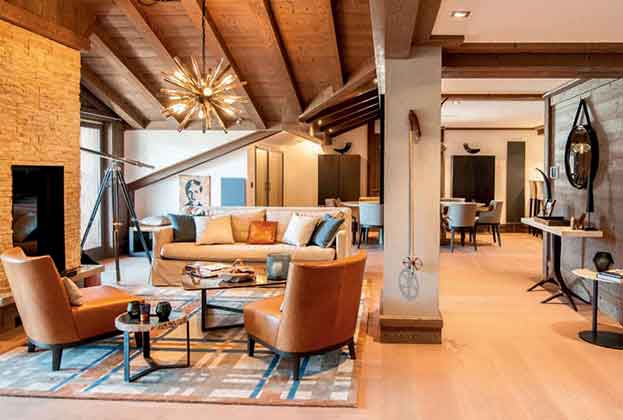
.jpg)